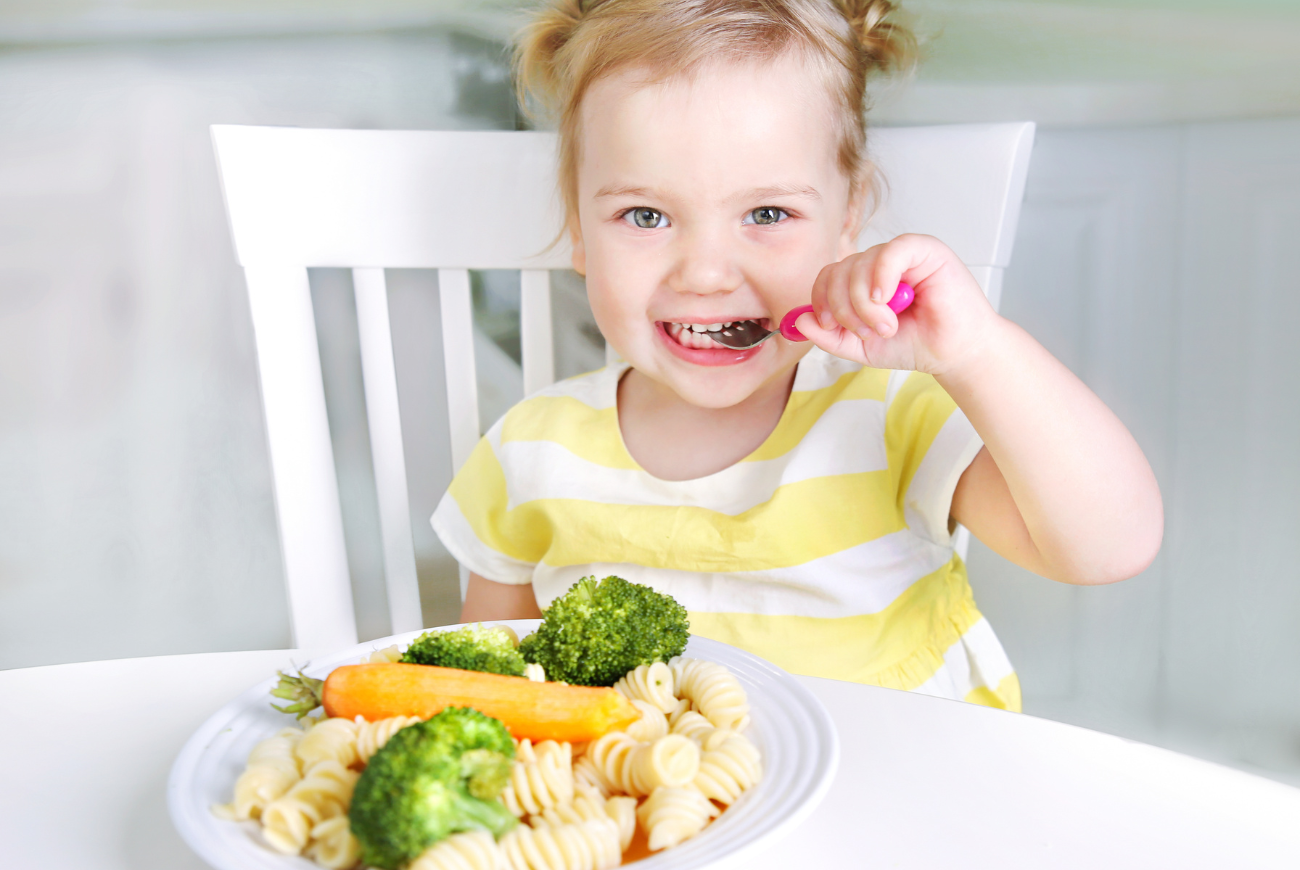As a parent, you want the best for your child—and that includes their health. But with so much conflicting advice about what kids should eat, it’s easy to feel overwhelmed. The good news? Healthy eating for kids doesn’t have to be complicated. With a few simple strategies, you can help your child develop a positive relationship with food that will last a lifetime.
In this article, we’ll share practical nutrition tips to make healthy eating easy, enjoyable, and stress-free for both you and your child.
Why Healthy Eating Matters for Kids
Nutrition plays a crucial role in a child’s growth, development, and overall well-being. A balanced diet supports:
- Physical Growth: Essential for building strong bones, muscles, and organs.
- Brain Development: Nutrients like omega-3 fatty acids, iron, and zinc are vital for cognitive function.
- Immune Health: A well-nourished body is better equipped to fight off illnesses.
Unfortunately, many kids today consume too much sugar, salt, and processed foods, which can lead to health issues like obesity, diabetes, and poor concentration. That’s why it’s so important to establish healthy eating habits early on.
The Basics of a Balanced Diet for Kids
A healthy diet for children should include a variety of foods from all the major food groups. Here’s what to focus on:
- Fruits and Vegetables: Aim for at least five servings a day. Fresh, frozen, or canned (without added sugar or salt) all count.
- Whole Grains: Choose whole-grain bread, pasta, and cereals over refined options.
- Protein: Include lean meats, poultry, fish, eggs, beans, nuts, and seeds.
- Dairy: Opt for low-fat or fat-free milk, yogurt, and cheese to support bone health.
The U.S. Dietary Guidelines for Americans recommend limiting added sugars, saturated fats, and sodium in children’s diets.
Practical Tips for Encouraging Healthy Eating
Getting kids to eat nutritious foods can be a challenge, but these strategies can make it easier:
- Make Meals Fun: Create colorful plates with a variety of fruits and veggies. Use cookie cutters to shape sandwiches or fruits into fun designs.
- Involve Kids in the Kitchen: Let your child help wash produce, stir ingredients, or set the table. Kids are more likely to eat foods they’ve helped prepare.
- Offer Healthy Snacks: Keep cut-up fruits, veggies, and whole-grain crackers on hand for easy, nutritious snacks.
- Limit Sugary Drinks: Replace soda and fruit juices with water or milk. The CDC warns that sugary drinks are a major contributor to childhood obesity.
How to Handle Picky Eaters
Picky eating is a common phase for many children, but there are ways to navigate it without stress:
- Be Patient: It can take multiple exposures to a new food before a child is willing to try it.
- Avoid Food Battles: Pressuring kids to eat can backfire. Instead, offer a variety of healthy options and let them choose what to eat.
- Set a Routine: Serve meals and snacks at consistent times to help regulate your child’s appetite.
As the Academy of Nutrition and Dietetics advises, “Parents provide, kids decide.” Your job is to offer healthy choices; your child’s job is to decide how much to eat.
The Role of Parents in Modeling Healthy Habits
Children learn by example, so it’s important for parents to model healthy eating behaviors. Sit down together for family meals, choose nutritious foods, and avoid labeling foods as “good” or “bad.” Instead, talk about how different foods help their bodies grow strong and stay energized.
Conclusion
Helping your child develop healthy eating habits is one of the most important things you can do for their future. By focusing on balanced nutrition, involving kids in meal prep, and modeling positive behaviors, you can set them up for a lifetime of good health.
Start small, stay consistent, and remember—every healthy choice counts!













